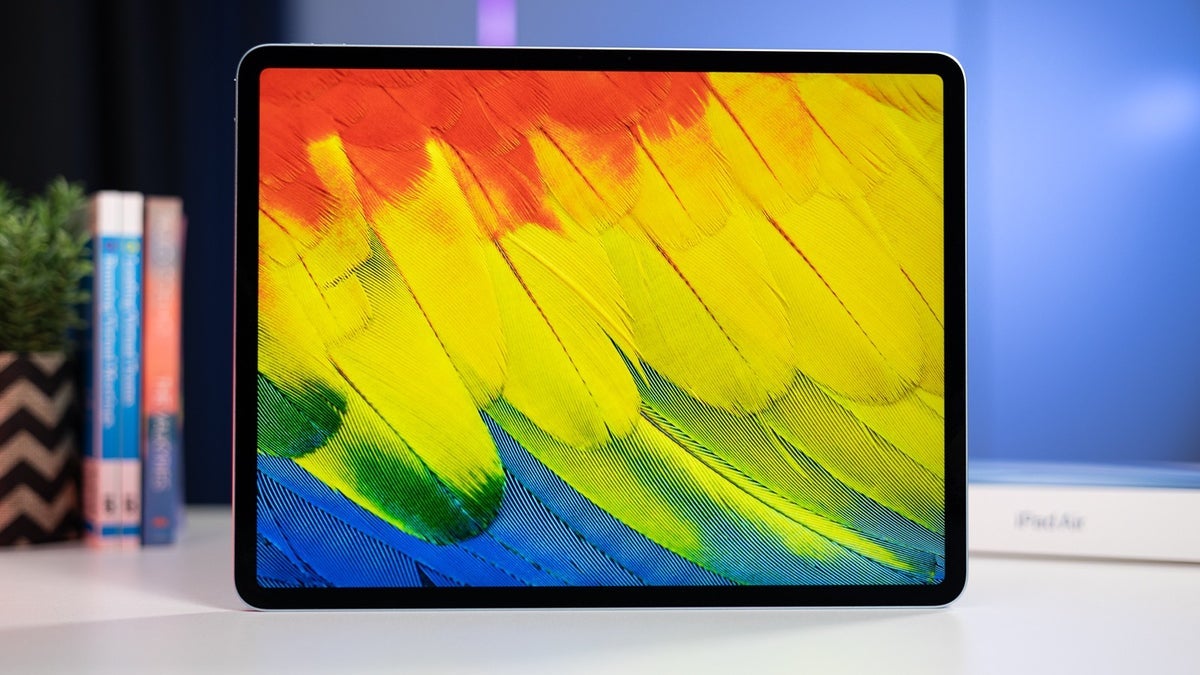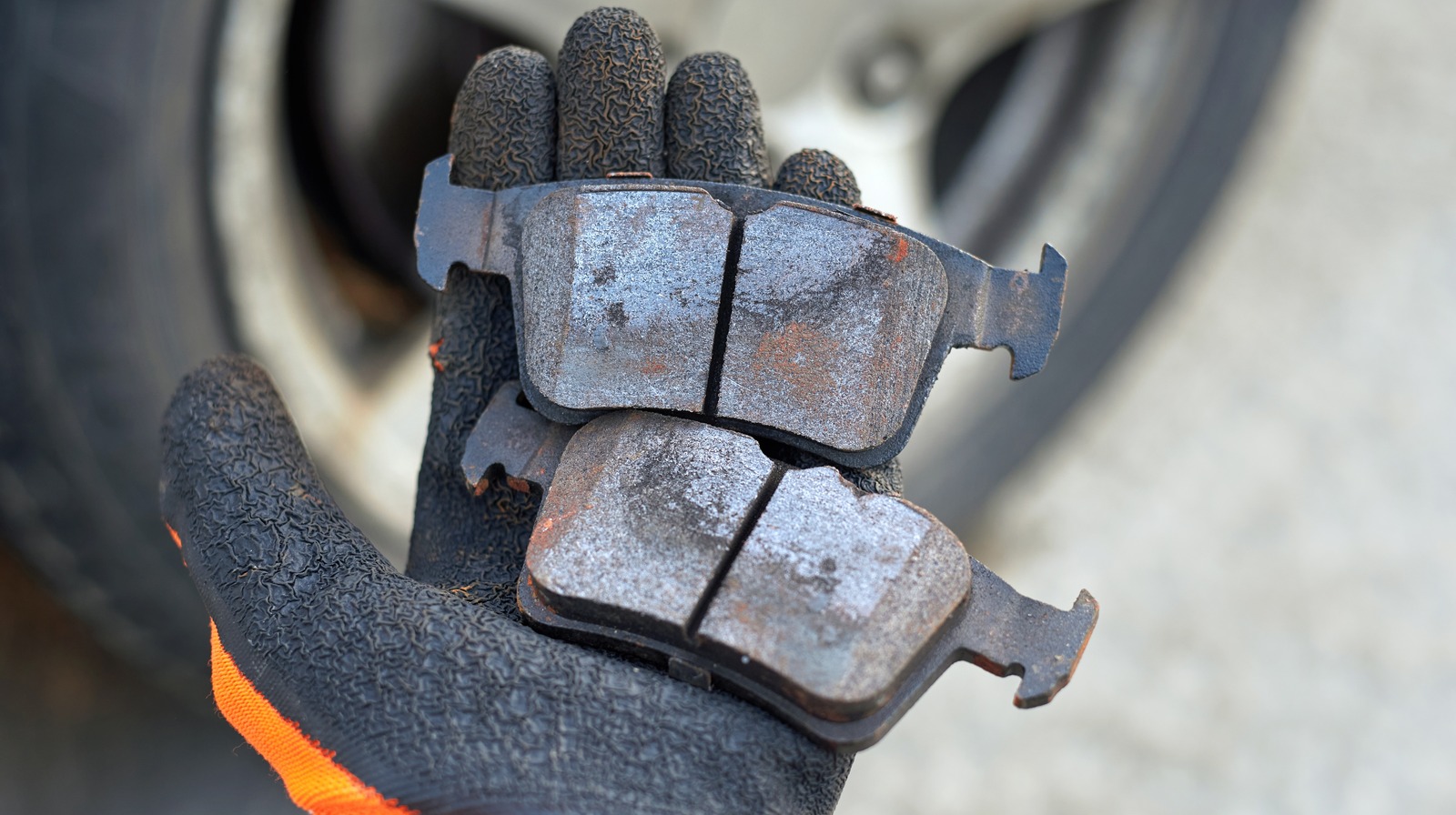Paleontologists Identify Tiny Three-Eyed 'Sea Moth' Predator in Fossils
"With the help of more than five dozen fossils, paleontologists have uncovered a tiny three-eyed predator nicknamed the 'sea moth'," reports CNN, "that swam in Earth's oceans 506 million years ago." Tiny as in 15 to 61 mm in total body length. (That's 0.60 to 2.4 inches...) But check out the illustration in CNN's article... Mosura fentoni, as the species is known, belongs to a group called radiodonts, an early offshoot of the arthropod evolutionary tree, according to a new study published Tuesday in the journal Royal Society Open Science. While radiodonts are now extinct, studying their fossilized remains can illuminate how modern arthropods such as insects, spiders and crabs evolved. One of the most diverse animal groups, arthropods are believed to account for more than 80% of living animal species, said lead study author Dr. Joe Moysiuk, curator of paleontology and geology at the Manitoba Museum in Winnipeg. Well-preserved specimens of the previously unknown Mosura fentoni also reveal something that's never been seen in any other radiodont: an abdomen-like body region with 16 segments that include gills at its rear. This part of the creature's anatomy is similar to a batch of segments bearing respiratory organs at the rear of the body found in distant modern radiodont relatives like horseshoe crabs, woodlice and insects, Moysiuk said.... No animal living today quite looks like Mosura fentoni, Moysiuk said, although it had jointed claws similar to those of modern insects and crustaceans. But unlike those critters, which can have two or four additional eyes used to help maintain orientation, Mosura had a larger and more conspicuous third eye in the middle of its head. "Although not closely related, Mosura probably swam in a similar way to a ray, undulating its multiple sets of swimming flaps up and down, like flying underwater," Moysiuk said in an email. "It also had a mouth shaped like a pencil sharpener and lined with rows of serrated plates, unlike any living animal." About the size of an adult human's index finger, Mosura and its swimming flaps vaguely resemble a moth, which led researchers to call it the "sea moth." The Royal Society publication notes the etymology of the species name (Mosura fentoni is "from the name of the fictional Japanese monster, or kaiju... also known as 'Mothra'...in reference to the moth-like appearance of the animal." Thanks to long-time Slashdot reader walterbyrd for sharing the news. Read more of this story at Slashdot.

Read more of this story at Slashdot.










































































![iPhone 17 Air Could Get a Boost From TDK's New Silicon Battery Tech [Report]](https://www.iclarified.com/images/news/97344/97344/97344-640.jpg)
![Vision Pro Owners Say They Regret $3,500 Purchase [WSJ]](https://www.iclarified.com/images/news/97347/97347/97347-640.jpg)
![Apple Showcases 'Magnifier on Mac' and 'Music Haptics' Accessibility Features [Video]](https://www.iclarified.com/images/news/97343/97343/97343-640.jpg)
![Sony WH-1000XM6 Unveiled With Smarter Noise Canceling and Studio-Tuned Sound [Video]](https://www.iclarified.com/images/news/97341/97341/97341-640.jpg)















![Upgrade your CarPlay experience in 2025 with Ottocast NanoAI and Mini Wireless [20% off]](https://i0.wp.com/9to5mac.com/wp-content/uploads/sites/6/2025/05/nano-ai-banner-pc.jpg?resize=1200%2C628&quality=82&strip=all&ssl=1)
















































































































































































































![[The AI Show Episode 147]: OpenAI Abandons For-Profit Plan, AI College Cheating Epidemic, Apple Says AI Will Replace Search Engines & HubSpot’s AI-First Scorecard](https://www.marketingaiinstitute.com/hubfs/ep%20147%20cover.png)
























![How to Enable Remote Access on Windows 10 [Allow RDP]](https://bigdataanalyticsnews.com/wp-content/uploads/2025/05/remote-access-windows.jpg)





































































































































![How to make Developer Friends When You Don't Live in Silicon Valley, with Iraqi Engineer Code;Life [Podcast #172]](https://cdn.hashnode.com/res/hashnode/image/upload/v1747360508340/f07040cd-3eeb-443c-b4fb-370f6a4a14da.png?#)


![[FREE EBOOKS] Modern Generative AI with ChatGPT and OpenAI Models, Offensive Security Using Python & Four More Best Selling Titles](https://www.javacodegeeks.com/wp-content/uploads/2012/12/jcg-logo.jpg)



































































































